Learn what happens when baseballs get cold and learn the history of how baseballs are made with this frozen baseball experiment Sport STEM activity!
This baseball STEM activity explores key concepts like physics, collisions, elasticity, the principle of coefficient of restitution, kinetic energy, and density.
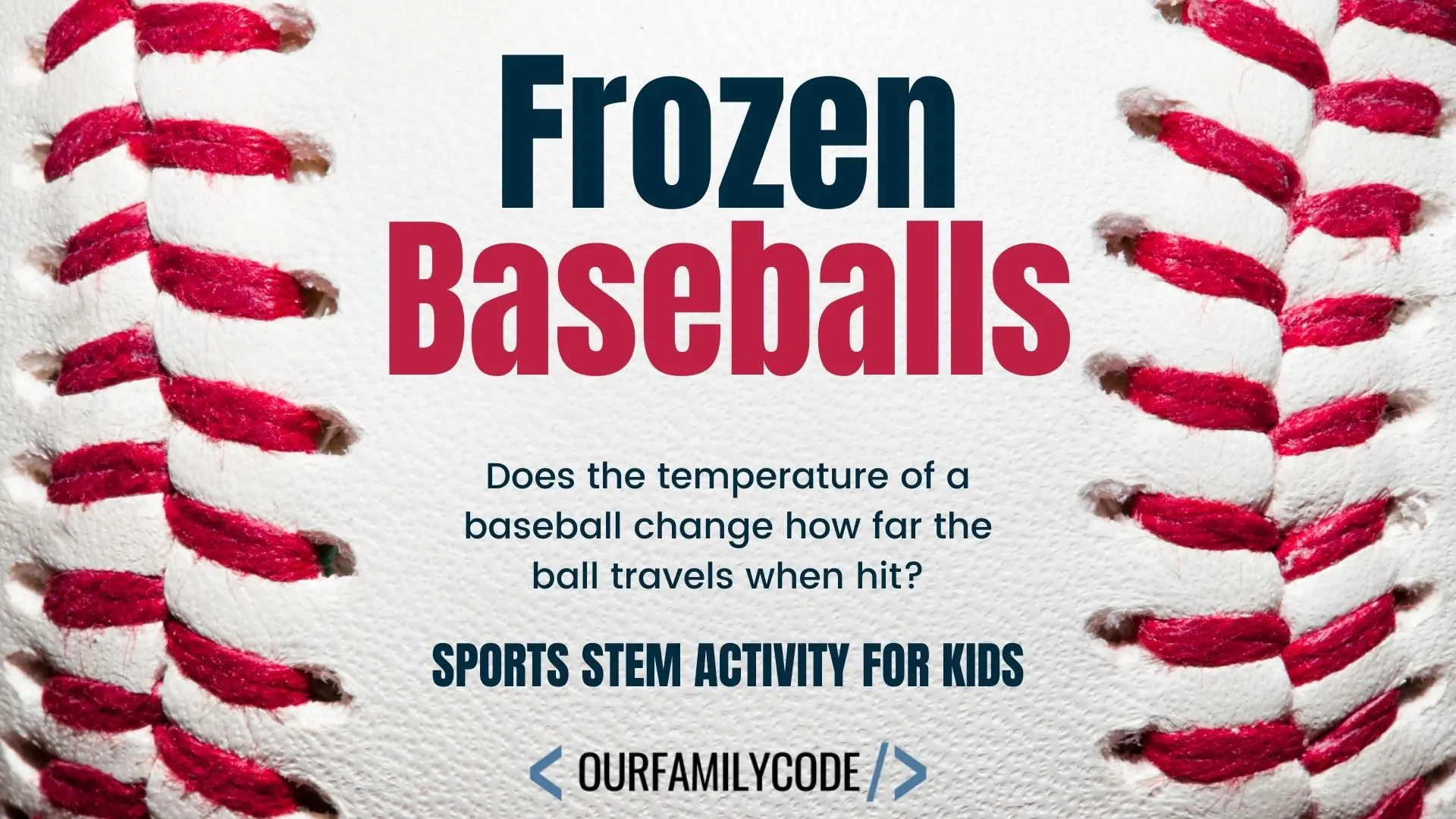
What is elasticity?
Elasticity is the property of an object that allows the object to recover its shape without breaking.
The bounciness of a baseball depends on the elasticity of the materials that are used to construct the ball. Elasticity allows a baseball to retain kinetic energy when it is hit by a bat and gives the ball the ability to flex without breaking and return to its original shape.
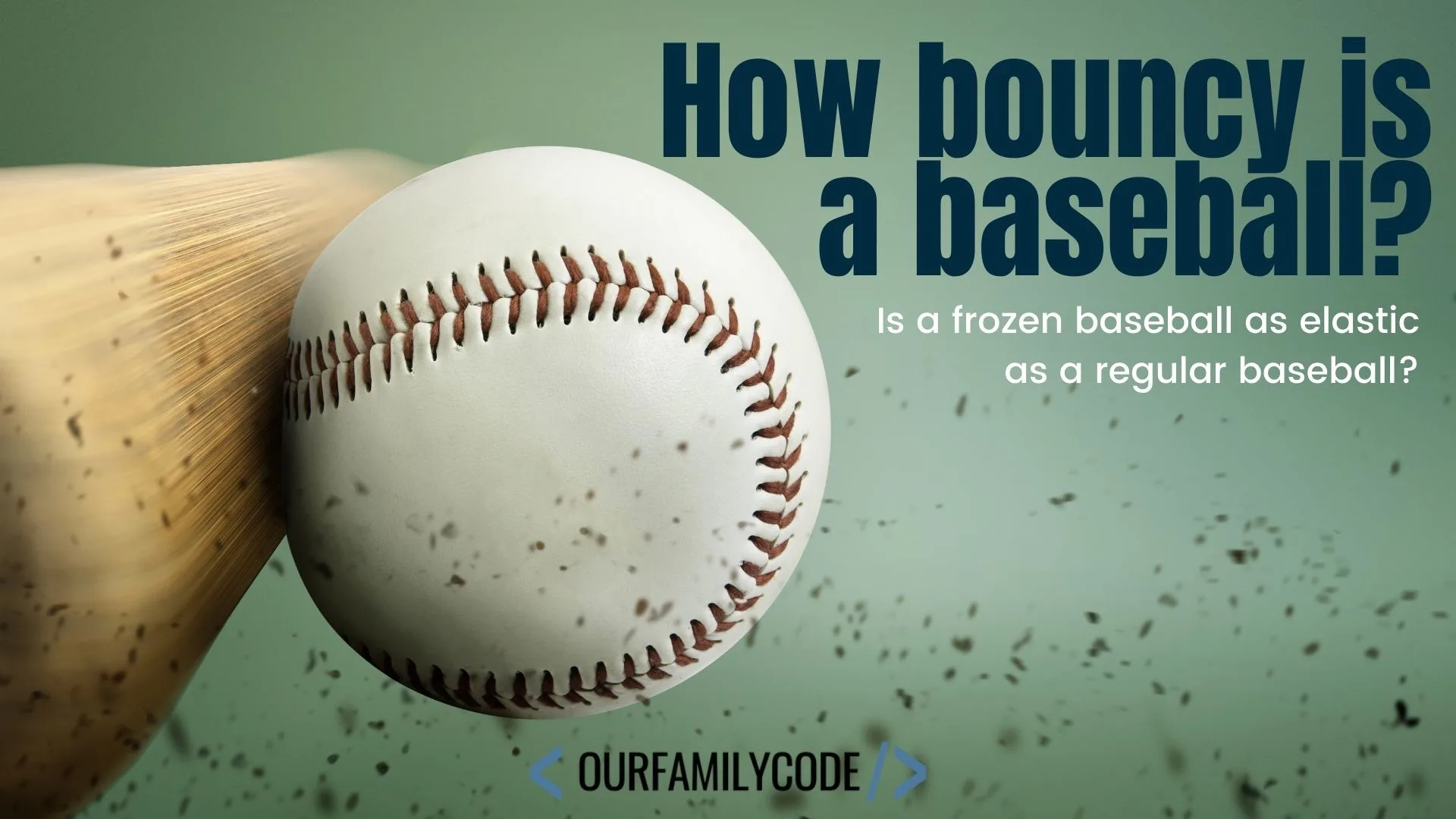
How does temperature affect elasticity?
The temperature of a baseball can affect elasticity because the colder a material gets, the less elastic it can be. Colder materials can actually absorb energy rather than transfer it. Both inflated balls (like basketballs and soccer balls) and solid core balls (like golf balls and baseballs) rely on the principle of coefficient of restitution. A warmed inflated ball is more elastic than a cold ball just as a warm solid core ball has more elasticity than an identical ball that is cold.
Coefficient of Restitution
This sounds like a pretty complicated term, but the coefficient of restitution is simply the measure of the elasticity of the materials in an object that allows the object to bounce back. In the game of baseball, the coefficient of restitution measures how a baseball bounces back to its original form when it is hit by a batter.
Something with a low coefficient of restitution will lose kinetic energy in a collision because it doesn’t have the elasticity to bounce back.
Think about a baseball bat hitting a tomato. What will happen? The tomato will be destroyed in the collision. A tomato is not elastic and therefore has a low coefficient of restitution.
What is kinetic energy?
Kinetic energy is energy in motion. In the game of baseball, both the swinging bat and the pitched baseball have kinetic energy.
We’ve explored how potential energy transforms into kinetic energy by cutting a pumpkin in half using rubber bands!
The Physics of Baseball
When the baseball collides with a swinging bat, the baseball compresses as the kinetic energy goes into deforming the ball from its original round shape into a squashed shape that is stretched.
In the fraction of a second that the baseball compresses, the elasticity of the baseball transforms the kinetic energy into potential energy that is transformed back into kinetic energy as the ball leaves the bat and the baseball returns to its original round shape due to the elasticity of its materials.
How is a baseball made?
Since the invention of baseball, there have been many iterations of baseballs that have evolved from bouncy baseballs into heavily regulated official baseballs.
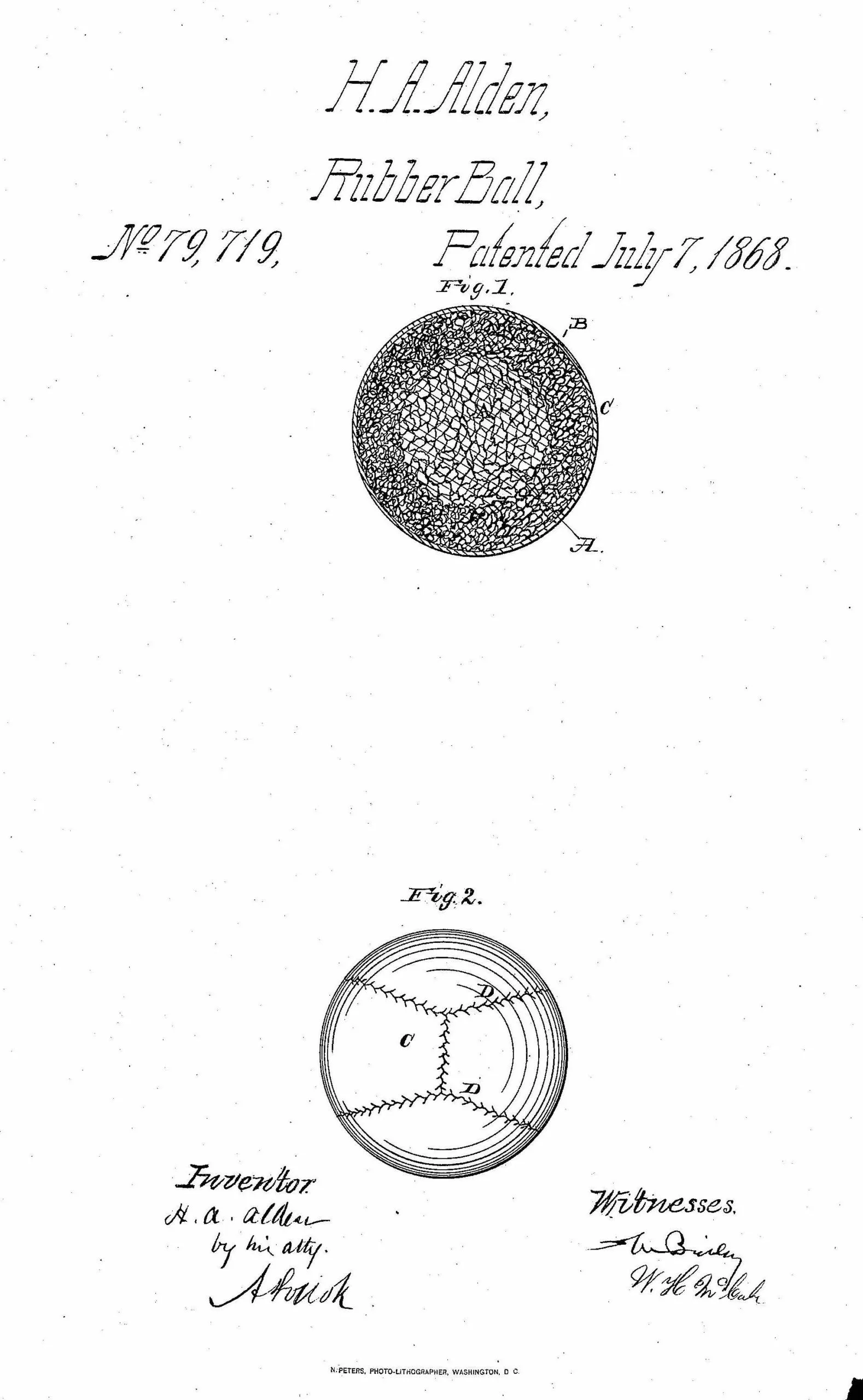
The first baseballs made were bouncy.
When baseball was first invented, baseballs were designed with a solid rubber core and only about three inches in diameter. In the 1850s to 1860s, there were some pro teams that scored as many as 100 runs each game!
As the game of baseball evolved, less bouncy balls were developed. These baseballs didn’t travel as far as the previous balls. Before baseball rules were regulated, teams were allowed to decide what types of baseballs were used. Teams with stronger batters would chose the balls that had more bounce and teams with stronger pitchers would chose the balls with less bounce.

The Evolution of the Baseball
In the late 1860s, the figure 8 baseball design became the dominant baseball type when Harwood & Sons built the first factory dedicated to baseball production in Natick, Massachusetts.
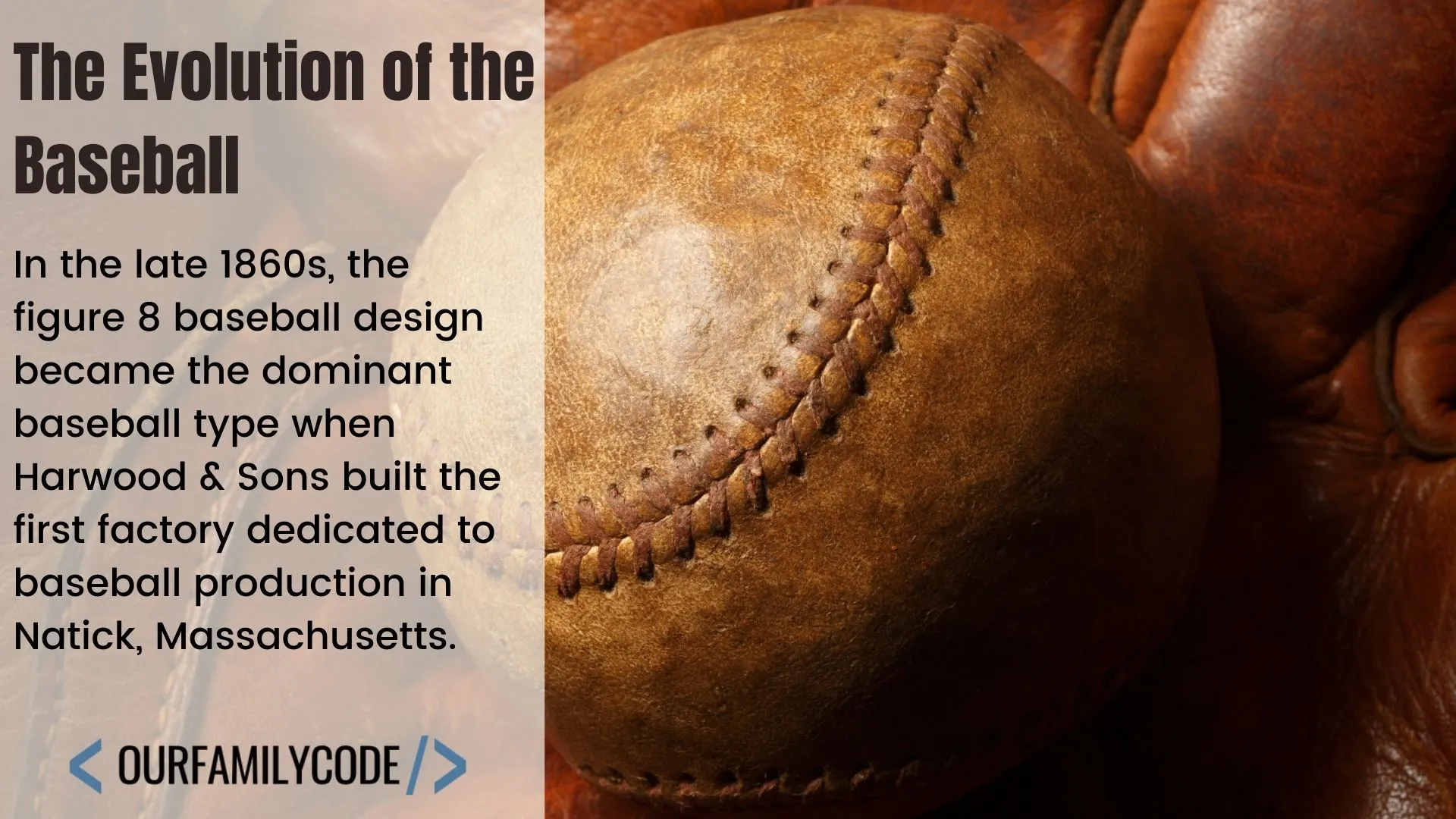
Modern baseballs are heavily regulated.
Over decades of development, baseballs evolved into strictly regulated balls that must be between 9 and 9-1/4 inches in circumference and 5 to 5-1/4 ounces in weight. Modern baseballs have a rubber-covered cork core that is wrapped with yarn and then covered with alum leather.
What’s Inside of a Baseball?
Pill
A baseball pill is the core of the baseball that is made of a cork ball that is surrounded by two layers of rubber coating. The pill is designed to make the ball bouncy, so that it can be hit further.
Winding Fabric
Various wool layers surround the pill. These three wool layers are wrapped tightly around the center starting with a first layer of 121 yards of 4-ply gray wool yarn, followed by 45 yards of 3-ply white wool yarn, and a final layer of 53 yards of 3-ply gray wool yarn.
150 yards of fine cotton yarn is wrapped around the wool layers to finish cushioning the pill. The purpose of the layers of yarn is to cushion the bounciness of the pill. The yarn layers give the baseball elasticity that allows the ball to pop back into shape after being hit.
Cowhide Cover
The exterior of a baseball is made of cowhide that is dyed white to improve visibility. The cowhide leather is cut into two figure-8 shapes. The leather pieces are hand-stitched together with 108 stitches of red waxed cotton thread. The thread is red in order to help a batter see the ball’s spin and to predict its movement.
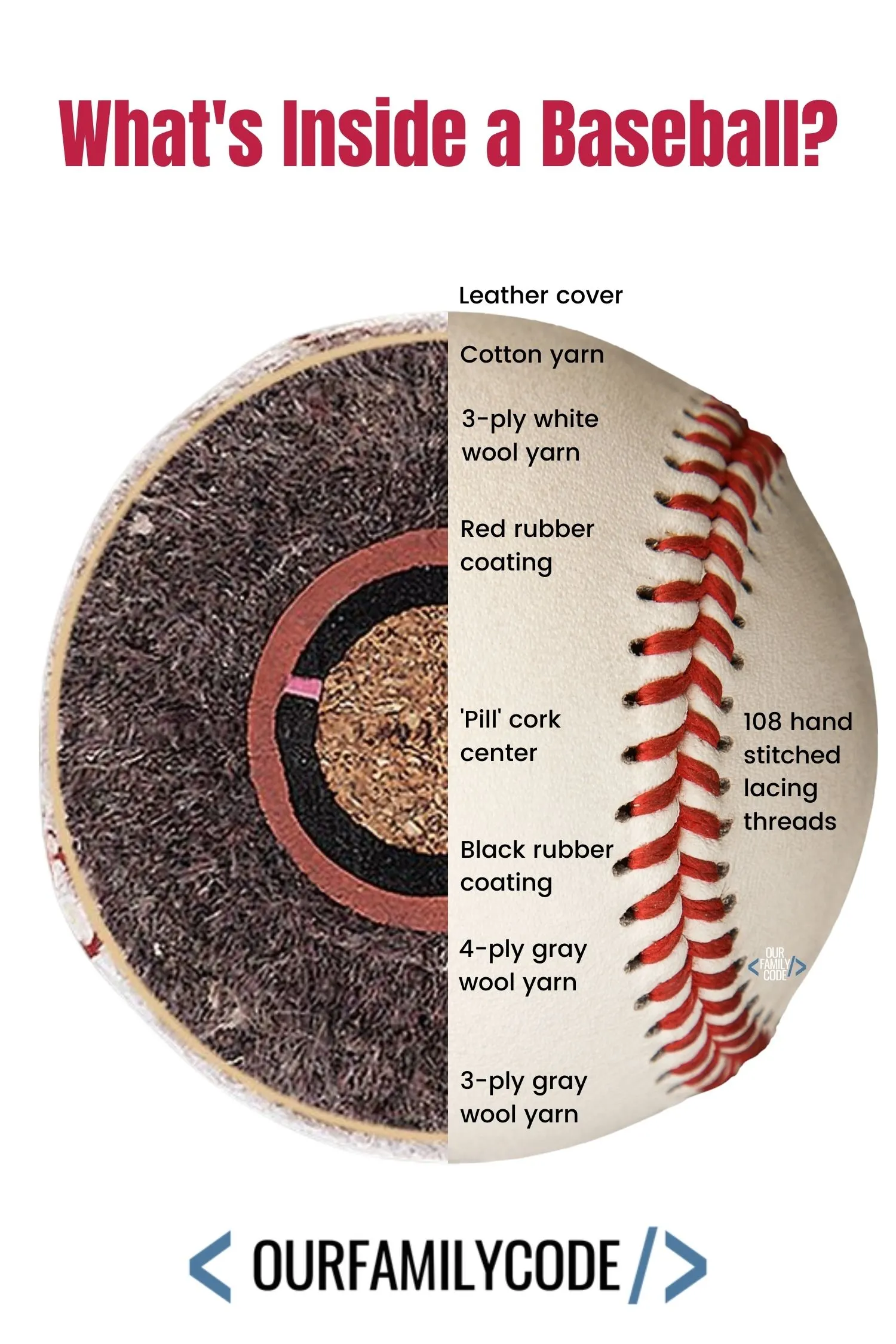
Scientific Method
Scientists conduct hands-on investigations to answer questions about all types of things. The scientific method is important to follow in order to create experiments that can be replicated and communicated for others to follow.
Question
Determine exactly what question you want to find the answer to. This is the one “thing” you want to know at the end of the experiment.
Research
Conduct research about your question to determine what information already exists.
Hypothesis
A hypothesis is an educated guess or a prediction about the outcome of the experiment. This guess is tested by conducting an experiment.
Experiment
Design an experiment to test your hypothesis. A well designed experiment accounts for all factors that could impact the results of investigation. These factors are called variables.
- The independent variable is the one variable that you choose to change.
- Controlled variables are variables that are kept the same each time.
- The dependent variable is the variable that changes as a result of the independent variable.
Identify materials that you will use in the experiment. List each step you will take to carry out the experiment. Be clear and concise. This helps you to be able to repeat the experiment to test for consistent results.
Finally, conduct your experiment to test your hypothesis.
Observations
Throughout the experiment, make sure to document data that you collect. It is important to document both the controlled variables (the objects that stay the same) and the independent variables (the objects that are changed)
Results
Analyze the data you have collected and determine if your hypothesis was correct or not. Conduct your experiment again to make sure that your results are consistent.
Communicate
A good experiment is one that can be replicated, which means that each step needs to be documented and communicated clearly. This is very similar to learning how to communicate with a computer and write an algorithm (a set of instructions for a computer to follow). Present or share your results.
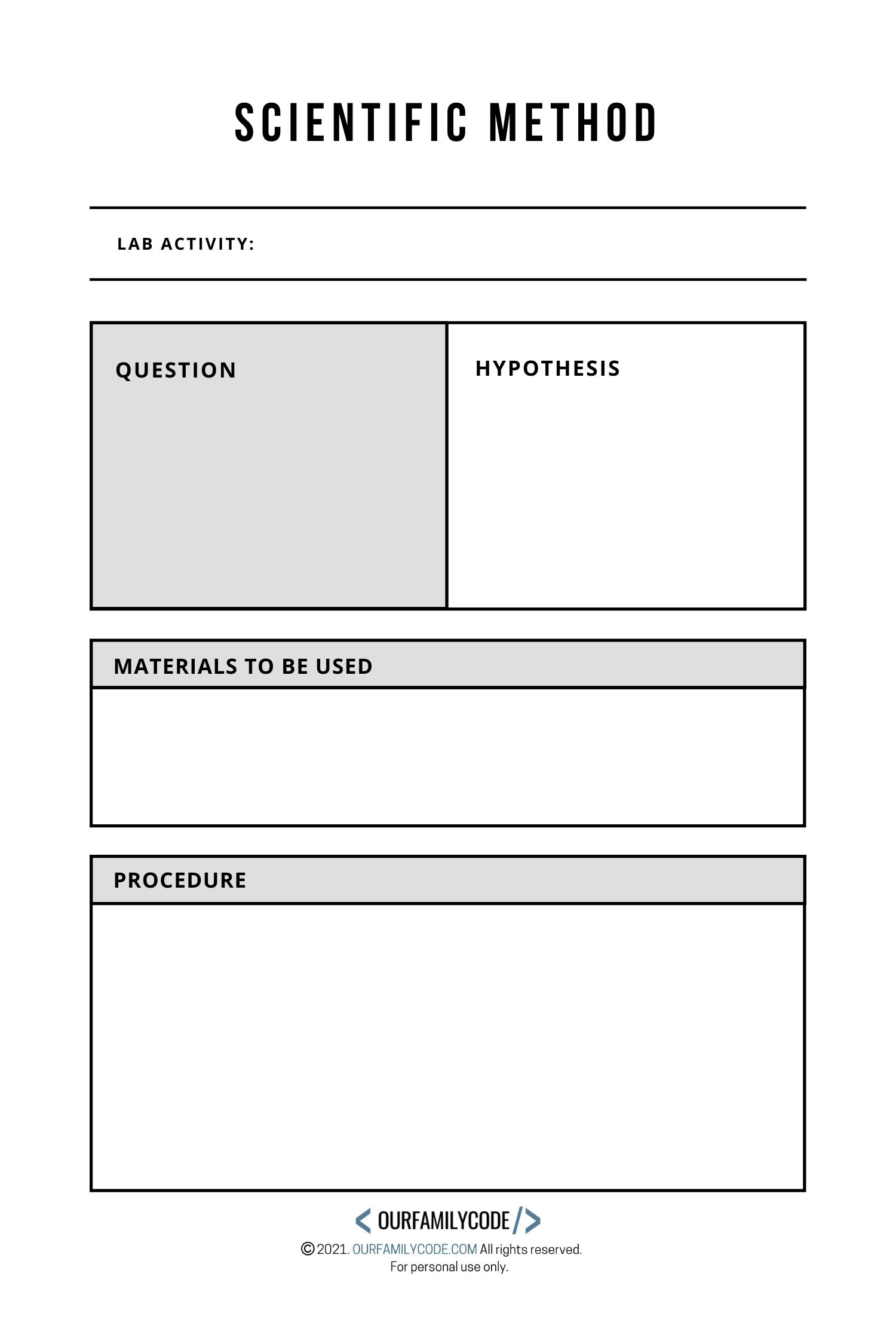
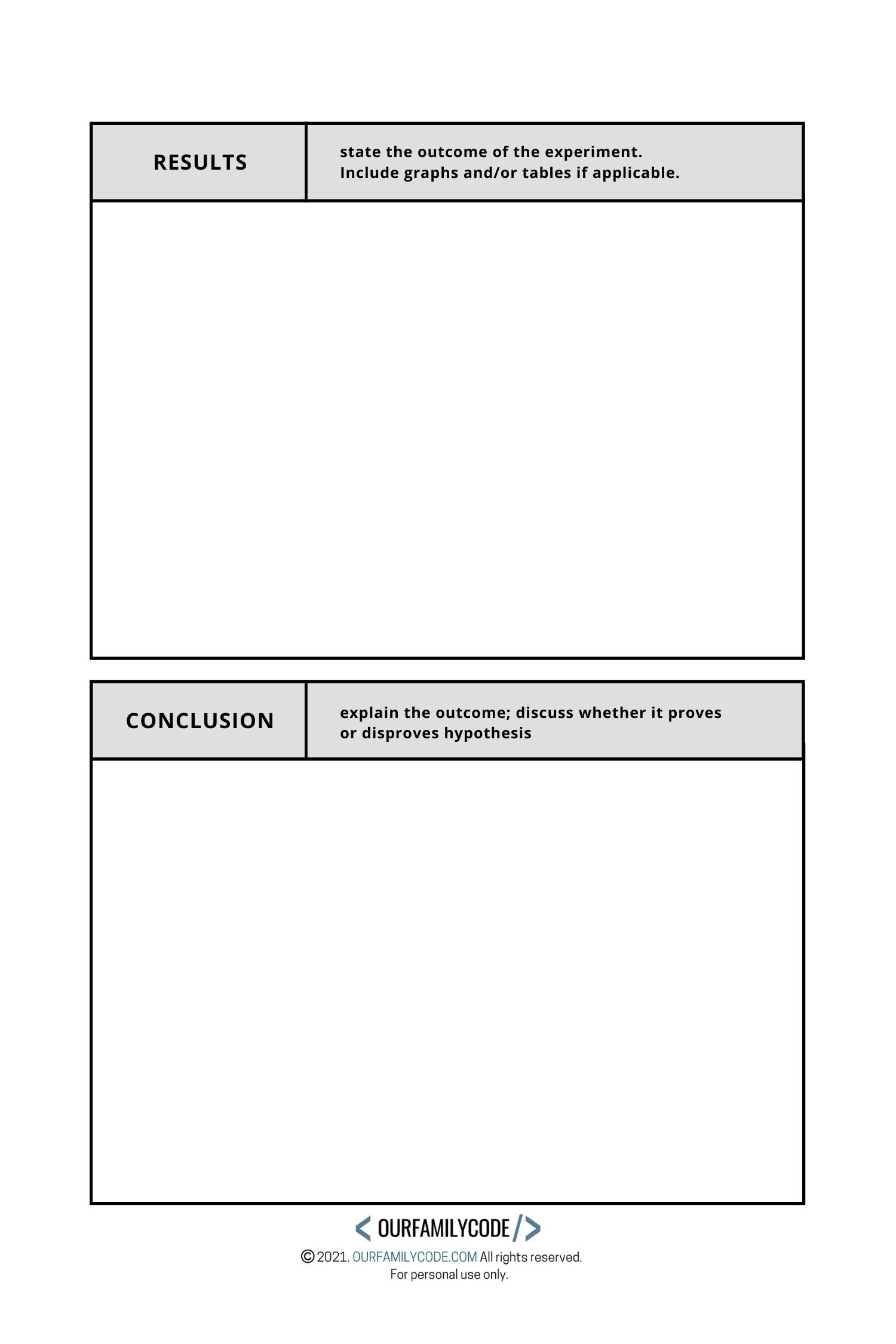
Frozen Baseball Experiment
This frozen baseball experiment will test the role that temperature plays in the elasticity of a baseball. Follow the scientific investigation process to conduct this hands-on Sports STEM experiment.
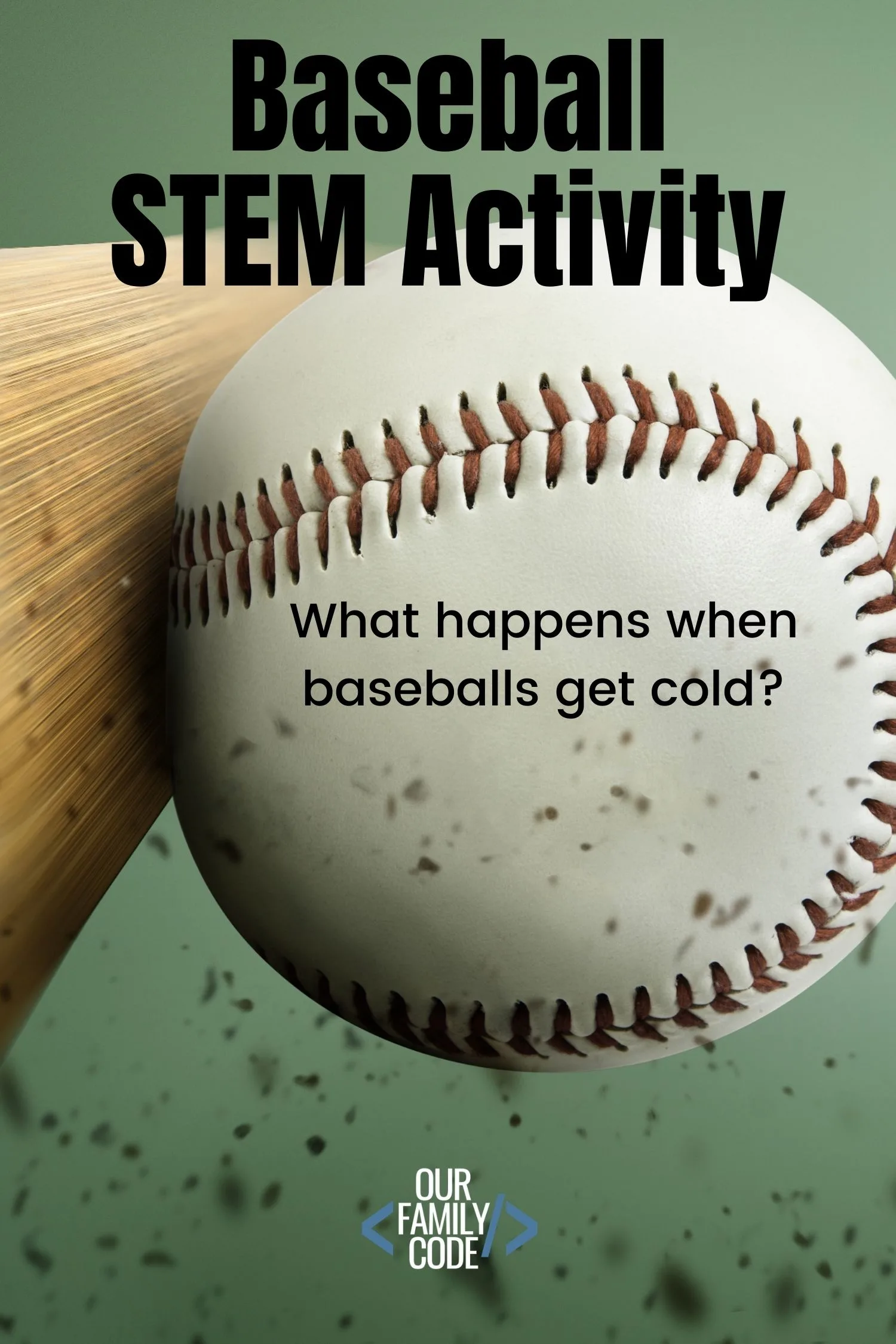
Question: Does a cold baseball bounce as high as a warm baseball?
Baseball Research
We explored the history of how baseballs are made and the different materials used. We also looked at previous studies that have shown that temperature lowers the coefficient of restitution of materials, which makes them less elastic.
The Baseball Research Center at the University of Massachusetts conducted a study on batted balls that were cooled to temperatures as low as 40 degrees. Their results showed that the lower the temperature, the slower the ball traveled after making contact with the bat.
Frozen Baseball Hypothesis
Based on our baseball research, we hypothesize that our colder baseballs will not bounce as high as a baseball at room temperature.
Experiment
To test our hypothesis, we identified the materials we needed and the procedure for our experiment.
Experiment Variables
- Independent Variable: a baseball that has been cooled in a freezer for 1hr
- Controlled Variables: a baseball that is at room temperature, the height the balls are dropped from
- Dependent Variable: the height that the ball bounces
This post contains affiliate links. As an Amazon Associate, Our Family Code earns from qualifying purchases. Please see our Disclosure Policy for more details.
What you need
- Two identical baseballs: We used two Rawlings Official Little League Baseballs.
- A freezer
Procedure
Place one baseball in a freezer for an hour. Set a timer. Leave other baseball at room temperature.
After an hour, hold both baseballs at waist height and drop.
Baseball Bounce Observations
Observe the difference in bounciness of both balls, if any. We used a slow motion camera to capture our baseballs bouncing to better record our results.
Frozen Baseball Bounce Results
We found that the “frozen” baseball did not bounce as high as the baseball kept at room-temperature. The colder baseball bounced approximately 80% as high as the regular baseball.
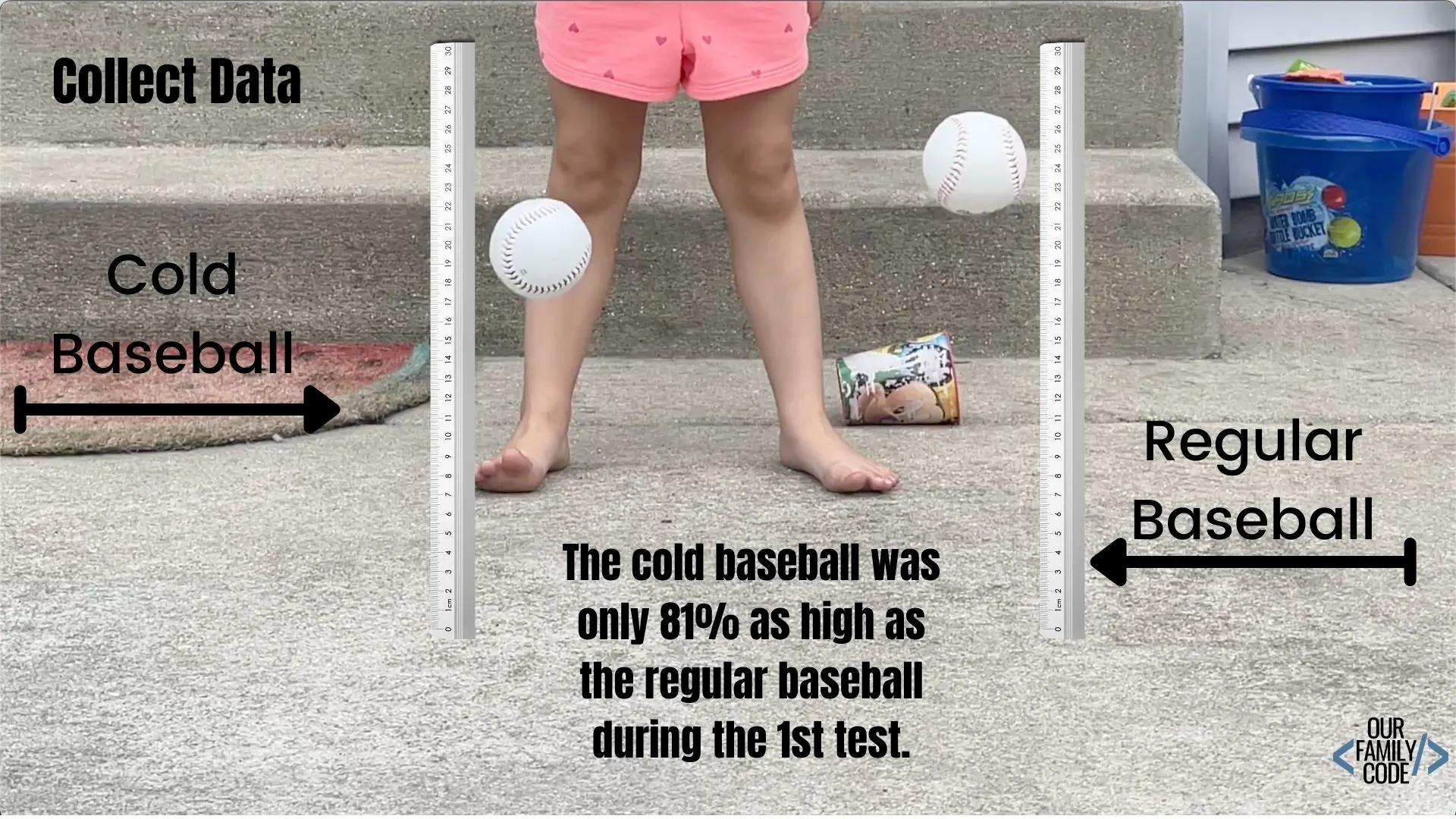
Repeat the experiment three times to ensure consistency in results.
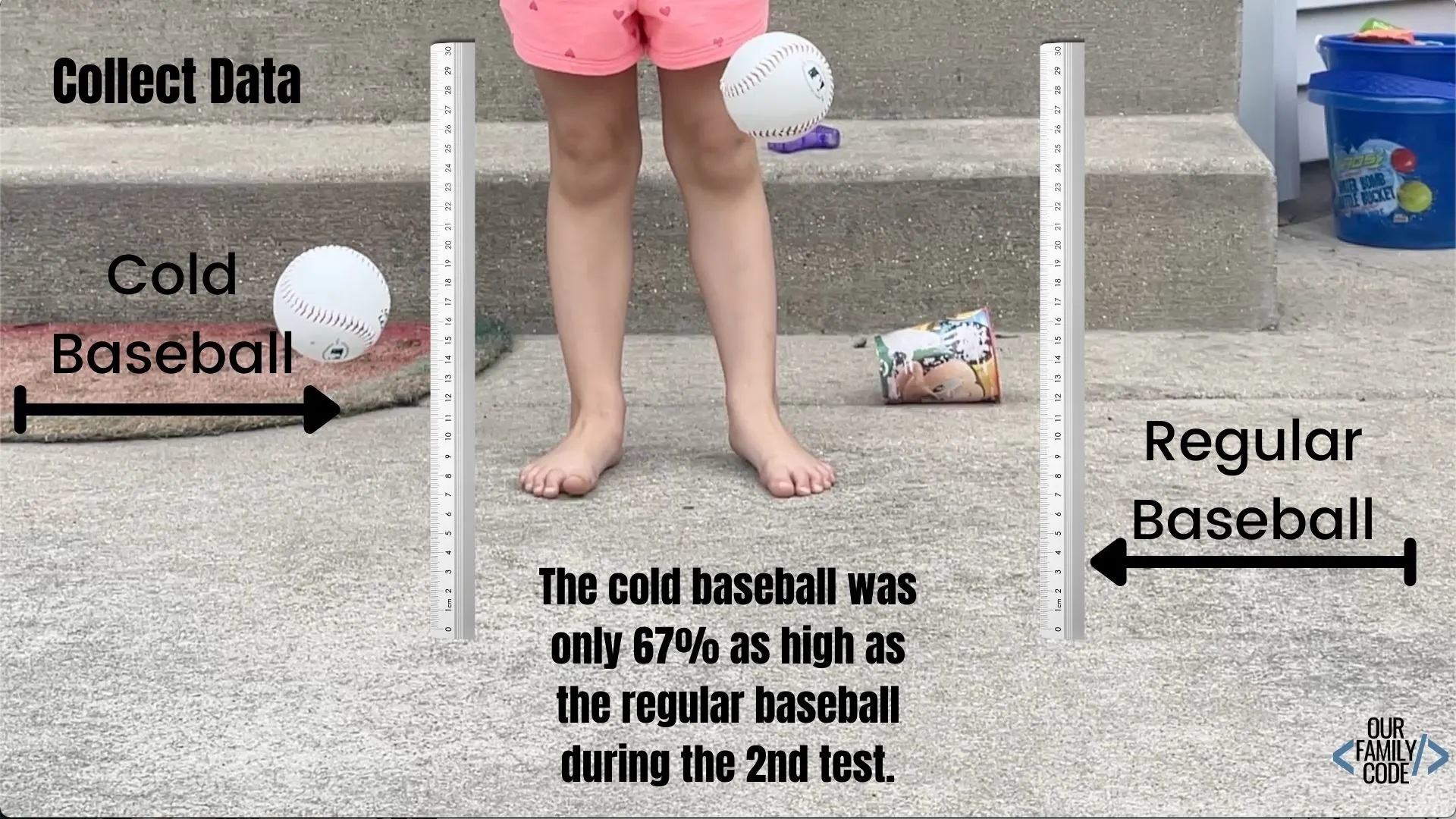
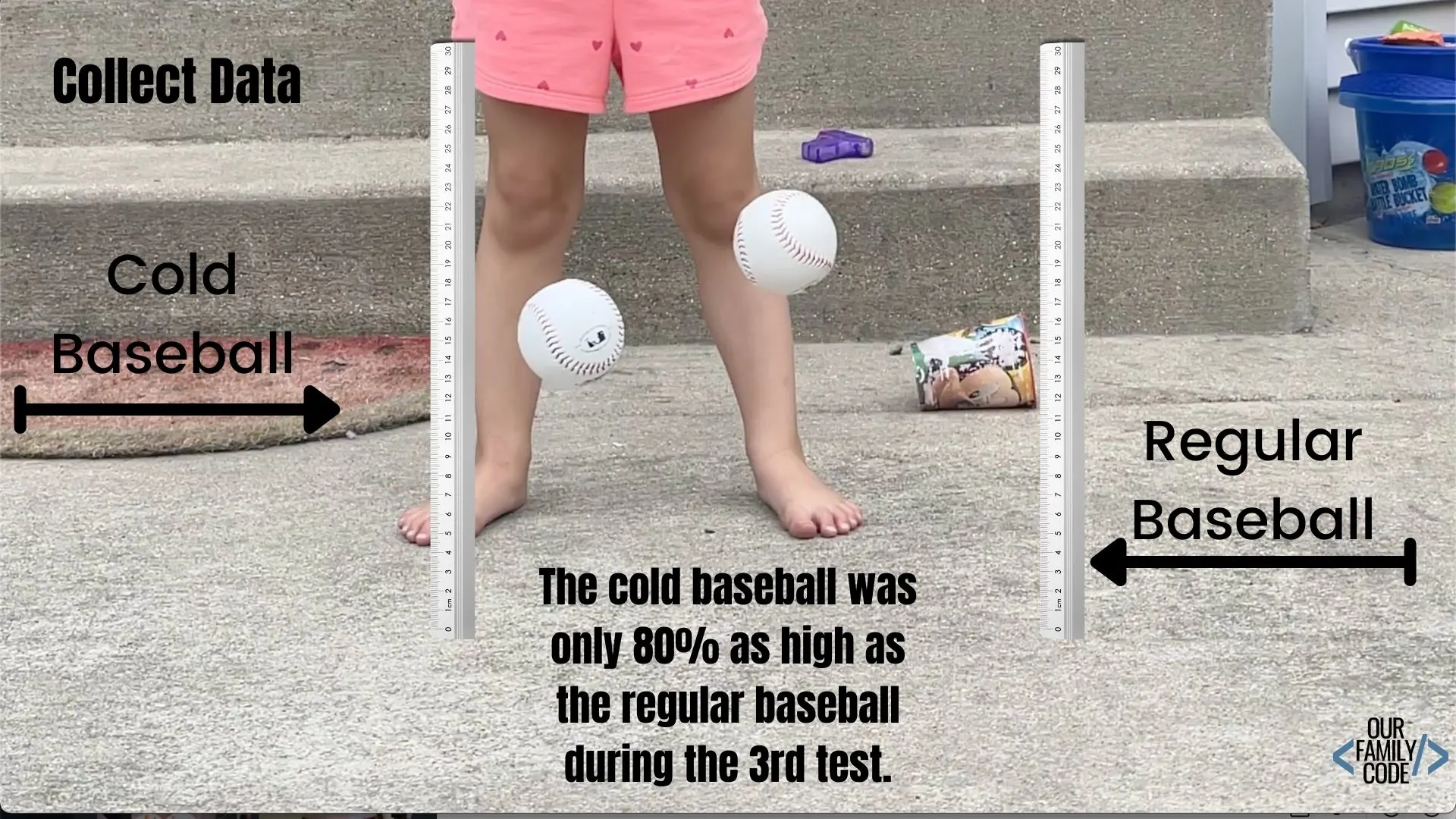
Communicate Results
Based on our results, we can deduce that a colder baseball might impact a baseball game by lessening the elasticity of a baseball. A less elastic baseball could lead to less home runs because less kinetic energy is transferred when a baseball is hit by a batter.
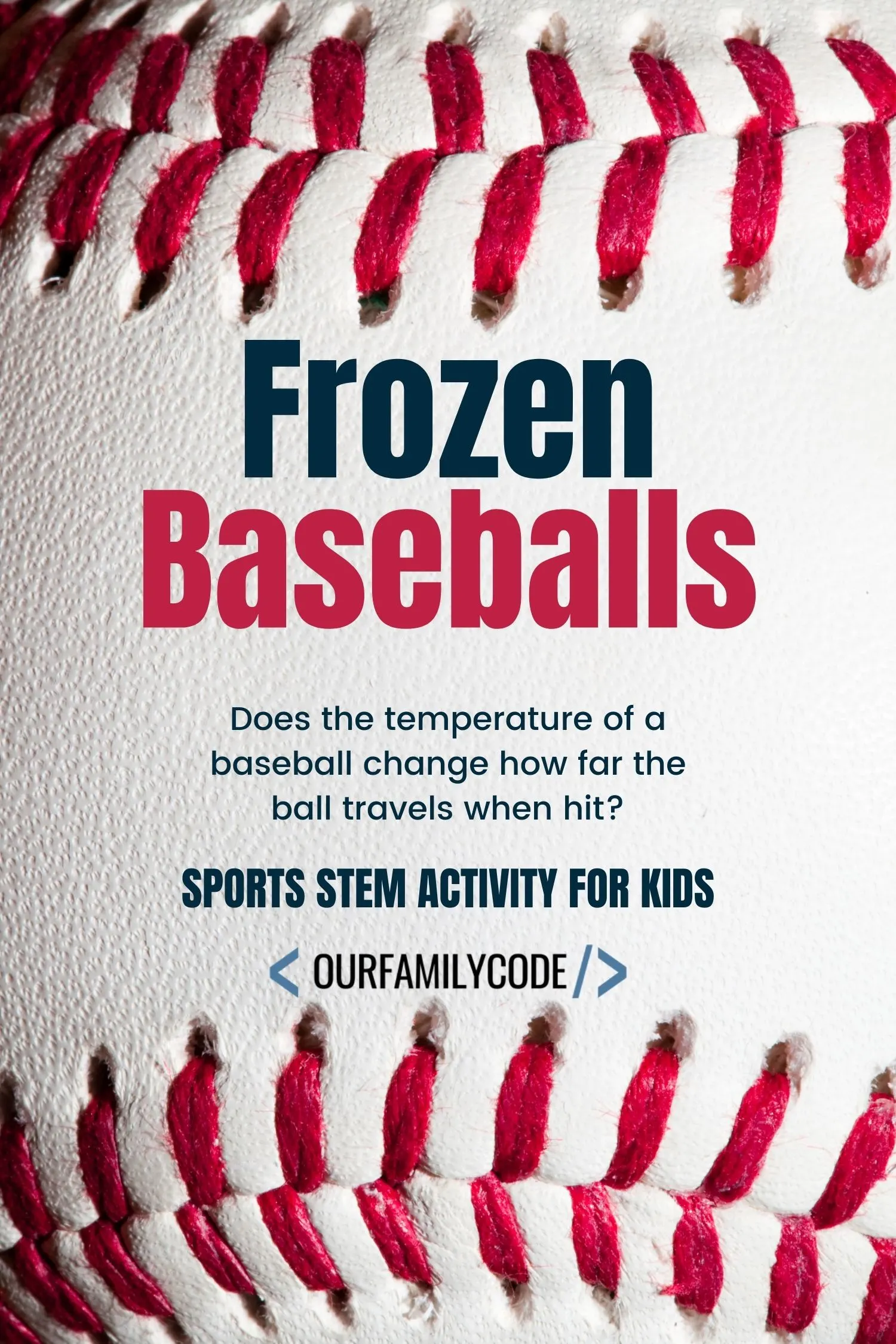
Meet Toni, the Maker Mom behind Our Family Code

Hey there, I’m Toni! I’m a software engineer and Maker Mom that finds my joy in unleashing my children’s curiosity by exploring STEAM concepts with my fantastic five!
When I’m not chasing toddlers or raising tweens, you can find me tearing things up and putting them back together over here at Our Family Code.
I am the owner and content creator of multiple educational websites designed to increase access to STEAM & STEM education with a focus on teaching computer science and coding to kids of all ages!
You can also find out more about me by visiting ToniGardner.com!






